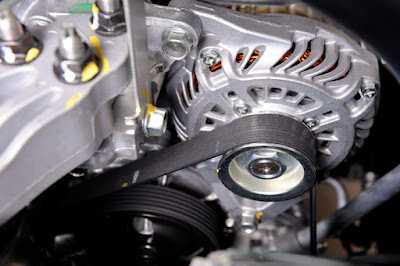
A common characteristic of diesel engines is noise! If you aren’t familiar with diesel engines, you may be wondering just what is acceptable and what is not. Injector “nailing” and ignition “knock” causes most of the usual knocking and pinging in a diesel engine. Not every noise that comes from under the hood is bad—some sounds are usual. A diesel auto mechanic can tell you what is usual and what is not.
Diesel engine issues generally happen because people ignore the unusual noises which can indicate issues. Some knocking noises are of no concern at all, while other noises are signs of trouble. Don’t take any strange noises lightly but schedule a diesel service as soon as possible.
Why is a diesel engine so noisy? Fuel is injected into compressed air inside the cylinder in which there are a lot of little parts, such as small valves, and oil pipes that create the noise. Also, because diesel fuel is less filtered than petrol, it has more particles in it that make louder noises when it’s ignited.
Problem noises:
- Rattling. You may hear rattling when you accelerate, caused by the air and fuel mixture in the cylinder that gets ignited prematurely by the compression inside the engine. This is called pre-ignition and it can damage the pistons, valves, and connecting rods inside the engine.
- Ticking. Typically, a ticking noise is caused by reciprocating parts like pistons, valves, rods, and pushrods. It is also an indicator of problems such as low oil level, ill-adjusted valves, rod knock, or noisy lifter.
- Knocking. Knocking noise is produced by the injectors. Though, deposits build up in the tips of fuel injectors, normally when there's fuel left in the injector tips after the engine is shut.
- Timing Chain Meshing. The timing chain connects the camshaft and crankshaft which will produce a meshing sound if it is too loose.
The key to Diesel Engine Performance!
The key to getting the best performance and fuel mileage from your diesel engine is clean fuel injectors that are functioning correctly.
Are you looking for quality diesel repair? Call our ASE Certified technicians at Auto & Fleet Mechanic for more advice from a diesel mechanic and to make an appointment. Our auto repair shop proudly serves residents in Modesto, CA, and the surrounding area.










